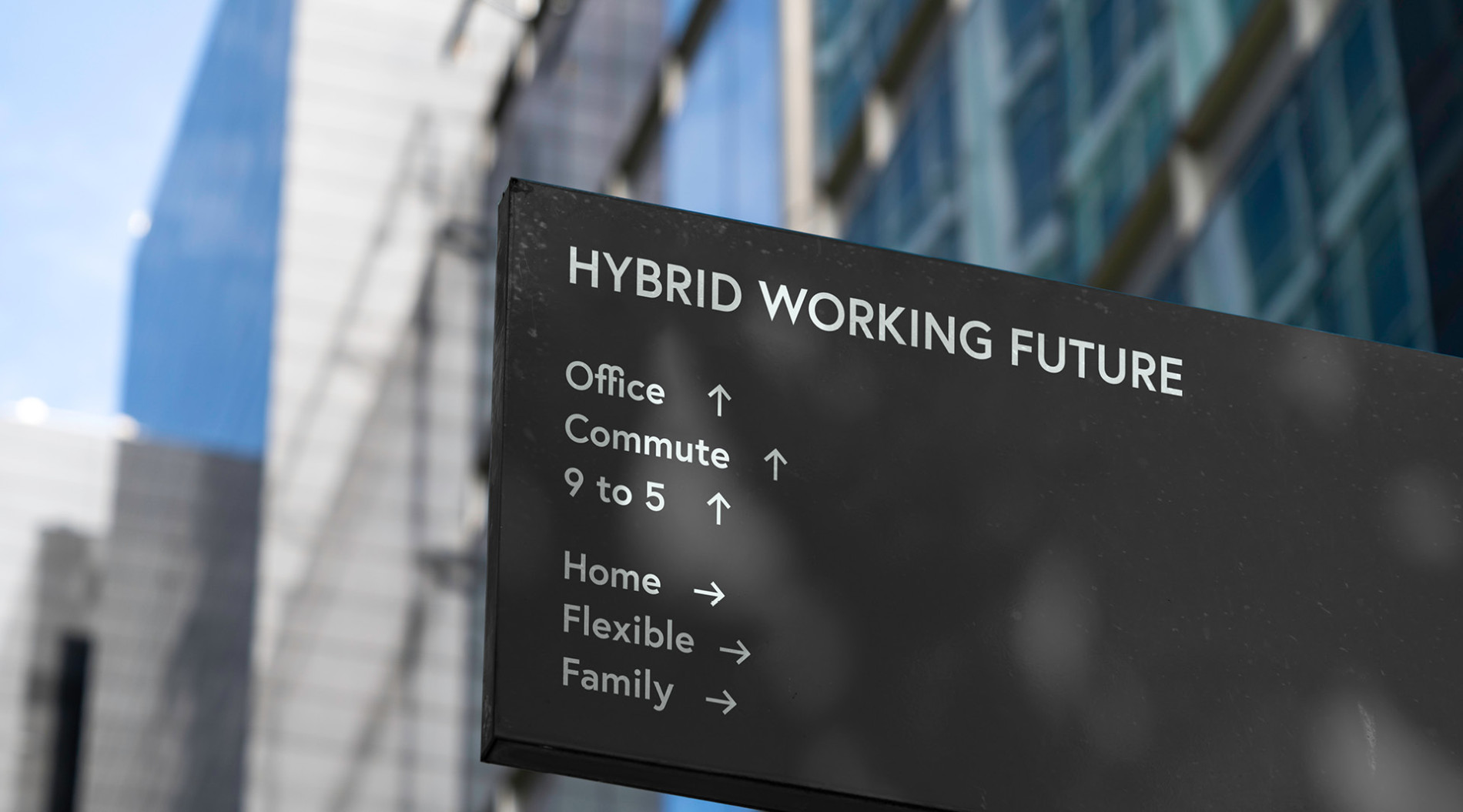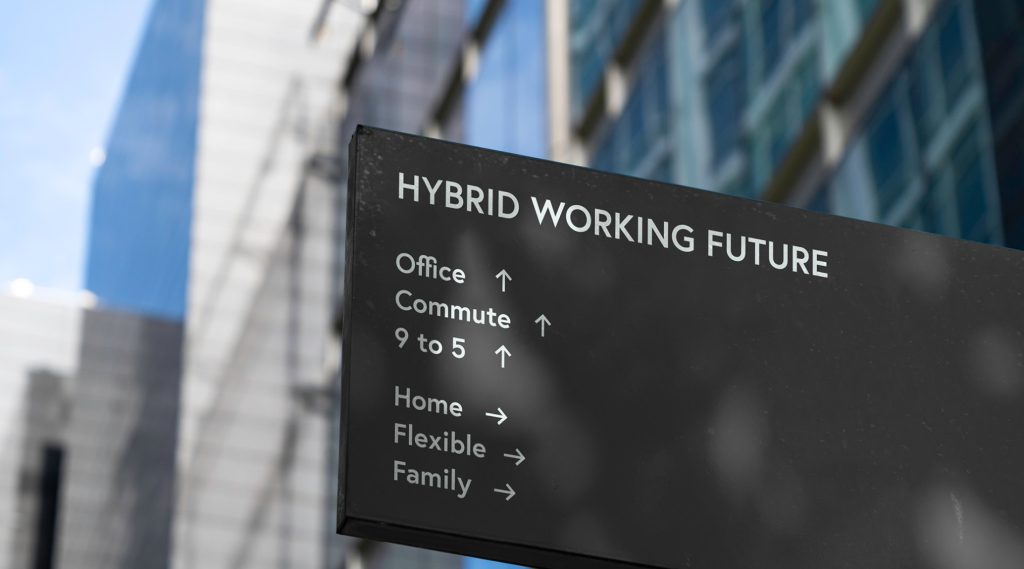Embedding CSR into Your Workplace Culture
In the first part of our series on corporate social responsibility, we outlined exactly what CSR is and how why organisations are increasingly introducing it into their business strategies. We also outlined a basic roadmap that businesses should aim to follow to start the wheels in motion for their CSR policies.
So, once an organisation has marked its intentions to develop their own CSR initiatives, what happens next? CSR is more than just about setting out intentions. 73% of consumers across the 15 largest markets in the world are willing to recommend companies that are perceived to be delivering on CSR, but only 5% of companies are seen as actually delivering on these promises.
Here, we’ll guide you through how you can embed corporate social responsibility goals into your company culture, to ensure it permeates every aspect of the organisation.
Going further
Corporate social responsibility is more than just writing a cheque to a charity. It’s an opportunity to engage with stakeholders across your organisation, and actively communicate these ideas throughout.
The founder of the Hands Across the Water charity group, Peter Baines OAM, holds passionate views on CSR. His charity raises funds for and awareness of Thai children who were left orphaned by the 2004 Boxing Day Tsunami disaster.
His suggestion as to how an organisation can test the effectiveness of its CSR programme is to ask a random selection of the following questions to your team:
- Can you name those who benefit from our CSR program?
- What is the commitment we make to the community?
- What is the change that has occurred as a result of our commitment?
Baines suggests that the percentage of correct answers to those three simple questions will diminish as you ask them. If your team don’t mention themselves or the company you work for in their answer to the first question, your current programme is probably not effective. If their response to the second question is, for example, “the company matches my donation and gives me a day off a year to volunteer”, Baines suggests your program is set to fail.
According to Baines, it’s ‘shared experiences’ that hold the key to unlocking the potential of successful CSR programmes. This happens when there is alignment between the values of your organisation and those you are supporting. When you start to measure the true cost of the programme and the return to the business, then you will hear it talked about in the hallways, around the kitchen table, and over a coffee. An embedded CSR programme becomes connected to the company culture, not just an annexed initiative.
Cost-centre to Profit-centre
The shifting of an effective CSR programme that’s deeply embedded in a company’s culture, from cost-centre to profit-centre, is what all organisations should strive for. Here’s a few points to consider to help you in making this important transition:
- What experiences are we creating that allow our team members to engage with our partners?
- What are we doing beyond donating money?
- What change occurs with our charity partner as a result of our relationship?
- Do we satisfy the ‘but for test’ i.e., this (here you insert the change your company has achieved through your CSR commitment) would not have occurred but for our support…?
- What is the true cost of our programme?
- What is the ROI we are making?
In asking these questions, an organisation can better gauge the effectiveness of their CSR programme and make sure it aligns with its wider goals.
Peter Baines writes that “An effective CSR program doesn’t have to be complex and it doesn’t have to consume great resources to execute. However, it must be more than a fleeting commitment once a year when a cheque is written. Someone, somewhere in the business is forgoing a slice of the pie that you are currently giving to charity as part of your programme. They deserve to understand the true cost and they deserve to see a ROI. How many other areas in your business do you not understand the cost of production and the ROI? Why should your CSR program be any different?”
Asking the right questions to analyse any measures you have put in place is vital to understand the bigger picture and the impact your CSR programme is having on your stakeholders. In doing so, you’ll take a step closer to deeply embedding your CSR values, and ensure they are engaging with stakeholders at every level of your organisation.











